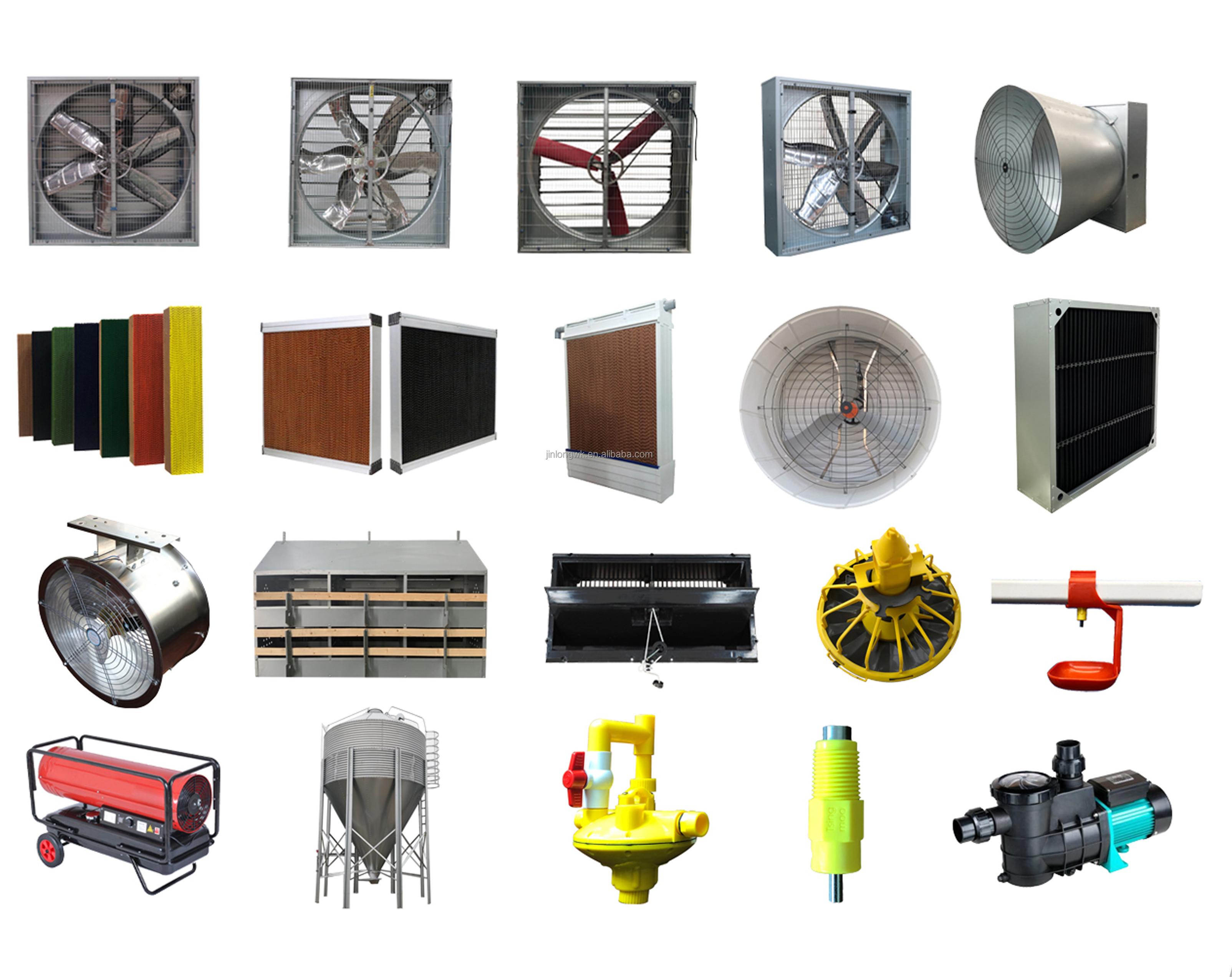Efficient Solutions for Mixing Poultry Feed for Optimal Nutrition and Growth
Sep . 30, 2024 13:43 Back to list
Efficient Solutions for Mixing Poultry Feed for Optimal Nutrition and Growth
The Importance of Poultry Feed Mixers in Modern Agriculture
In the poultry industry, the success of raising healthy birds hinges on proper nutrition. The formulation and distribution of the right feed are critical components that directly influence the growth rates, health, and overall productivity of poultry. One of the most vital tools in this process is the poultry feed mixer. This machine not only facilitates the mixing of feed ingredients but also plays a crucial role in the quality and consistency of poultry feed.
What is a Poultry Feed Mixer?
A poultry feed mixer is a specialized piece of equipment designed to thoroughly mix various feed components, including grains, vitamins, minerals, and other additives. The main purpose of the mixer is to achieve a uniform distribution of ingredients, ensuring that every pellet of feed contains the same nutritional value. This consistency is essential for promoting optimal growth and health among poultry.
Types of Poultry Feed Mixers
Poultry feed mixers come in various designs, each suited to different scales of operation. The most common types include
1. Vertical Mixers These mixers use a vertical auger to propel the ingredients upwards, leading to effective blending. They are known for their ability to handle larger volumes and are ideal for farms that require significant quantities of feed.
2. Horizontal Mixers Utilized mainly in smaller-scale operations, horizontal mixers are efficient for mixing smaller batches of feed. They feature a horizontal auger that ensures even mixing without excessive ingredient breakage.
3. Batch Mixers These mixers create a specific volume of feed at a time. This method allows for greater control over the proportions of ingredients, which is essential for custom feed formulations.
poultry feed mixer

4. Continuous Mixers Designed for larger operations, continuous mixers maintain a constant feed flow, allowing for the uninterrupted production of feed. This is particularly beneficial for large poultry farms that require a steady supply of feed.
Benefits of Using Poultry Feed Mixers
1. Consistency in Nutrition By ensuring that feed is well-mixed, poultry feed mixers help maintain nutritional consistency across batches. This uniformity is vital for the balanced growth of poultry, leading to healthier birds and reduced mortality rates.
2. Improved Feed Intake Birds are more likely to consume feed that has a consistent texture and taste. Proper mixing reduces segregation of ingredients, resulting in a palatable feed that encourages birds to eat.
3. Time Efficiency Manual mixing of feed ingredients can be labor-intensive and time-consuming. Feed mixers automate this process, significantly reducing the time required to prepare feed, which in turn increases operational efficiency.
4. Reduced Waste Well-mixed feed minimizes the chances of ingredient segregation, leading to less waste in both feeding and processing. This efficiency not only saves money but also contributes to more sustainable farming practices.
5. Customization of Diets Different stages of poultry growth may require different nutrient compositions. Feed mixers allow farmers to easily customize feed formulations to meet the specific dietary needs of their birds, promoting optimal growth at each life stage.
Conclusion
In conclusion, poultry feed mixers are an indispensable part of modern poultry farming. They enhance the efficiency of feed preparation, guarantee consistency in nutrition, and ultimately contribute to the health and productivity of poultry. As the demand for poultry continues to grow, investing in advanced mixing technology will likely become a priority for farmers aiming to ensure the success and sustainability of their operations. By optimizing feed quality through effective mixing, poultry producers can better meet the needs of their livestock and remain competitive in an ever-evolving agricultural landscape.
-
Hot Sale 24 & 18 Door Rabbit Cages - Premium Breeding Solutions
NewsJul.25,2025
-
Automatic Feeding Line System Pan Feeder Nipple Drinker - Anping County Yize Metal Products Co., Ltd.
NewsJul.21,2025
-
Automatic Feeding Line System Pan Feeder Nipple Drinker - Anping County Yize Metal Products Co., Ltd.
NewsJul.21,2025
-
Automatic Feeding Line System - Anping Yize | Precision & Nipple
NewsJul.21,2025
-
Automatic Feeding Line System - Anping Yize | Precision & Nipple
NewsJul.21,2025
-
Automatic Feeding Line System-Anping County Yize Metal Products Co., Ltd.|Efficient Feed Distribution&Customized Animal Farming Solutions
NewsJul.21,2025






